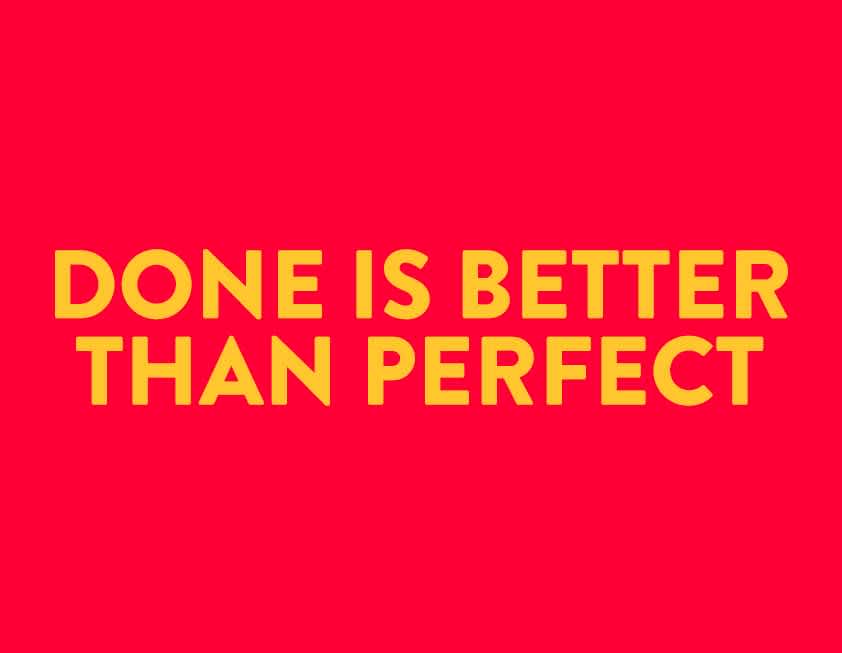Article
Hacking our way to better results

The word “hacking” gets bad press. And often rightly so; after all, no one wants their email account “hacked”, a developer should probably avoid using CSS “hacks” as a quick fix and a website which is “hacked together” is never generally a good thing. Put these negative connotations aside — today I would like to discuss the notion of hacking as a design tool that can be way to achieve results in both on and offline design.
The background to this topic
Recently I saw Ian Tait (founder of POKE, past global interactive creative director at Wieden+Kennedy and current head of Google’s Creative Lab) speak at the 2013 OFFSET design conference. Tait comes from a firmly nerdy background, describing a childhood of hacking his ZX Spectrum and playing games such as Manic Miner and Hungry Horace.
Reflecting on his career to date (which included the infamous Old Spice “The Man Your Man Could Smell Like” campaign), Tait noticed a trend in his work, which was that it all felt quite “hacky”. Not hacky in a negative way, but instead meaning that the campaigns were put together with clever use of existing platforms and technology. In the case of the Old Spice campaign, it took the existing television advert, and simply combined it with social media channels in a clever way. It was smart reuse of things that already exist. In his words, “Hacking is much bigger and more important than clever bits of code in a computer — it’s how we build our future.”
And when you think about it, it’s true. Smart use of existing tools and hacking together working prototypes seem like a no-brainer, but in reality, red-tape and “proper procedure” often get in the way of working quickly to achieve fast results. In the words of Michael Bierut, we should always “work with what we have”.
Working fast and agile at Edenspiekermann
In many ways, this can be compared to the agile approach employed by our team here at Edenspiekermann. Our teams strive to get a working prototype as fast as possible. This could mean getting a mobile payment app low-fi prototype onto a phone a soon as possible using an Xcode or Keynote click dummy, or using Proto IO to test navigation functionality on a website. Taking it beyond a digital design context, hacking (or to put it a different way — rapid prototying using whatever tools are at hand) could mean making a low-fi prototype of a book design with your home black and white printer, some cardboard and some PVA glue so you can get a feeling of the pace of the pages. It doesn’t matter how low-fi it is, having something real in your hands is what matters.
And the bottom line? Just do it (no pun intended). Stop procrastinating and start making things. Real things, with your hands. Test them in reality with real people. Decisions should be made based on a prototype of what actually does and doesn’t work, rather than basing decisions a notional “might work”. And then quickly launch it, allow users to break it, and iterate on it. In the infamous words of the (over-quoted-but-annoyingly-true) Mark Zuckerberg, “Done is better than perfect”.
Useful links
Robert Stulle’s blog post on how we work in agile ways
Ian Tait’s blog
The Fixers Manifesto
OFFSET design conference